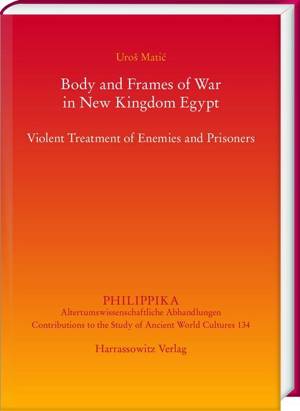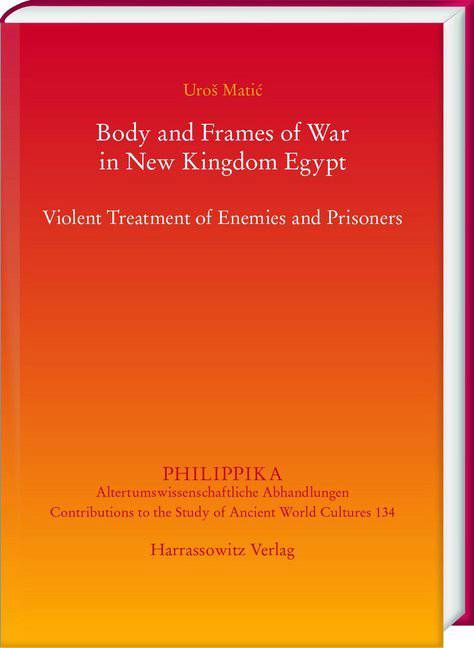
- Retrait gratuit dans votre magasin Club
- 7.000.000 titres dans notre catalogue
- Payer en toute sécurité
- Toujours un magasin près de chez vous
- Retrait gratuit dans votre magasin Club
- 7.000.0000 titres dans notre catalogue
- Payer en toute sécurité
- Toujours un magasin près de chez vous
90,95 €
+ 181 points
Description
Body and Frames of War in New Kingdom Egypt deals with the relation between violence and the bodies of enemies and prisoners of war in New Kingdom Egypt (ca. 1550/1070 BC) through the lens of "frames of war" (J. Butler). Archaeological, textual and pictorial sources on military violence (torture, mutilation, execution) are examined with various methods. Numerous attestations of caging, branding and marking, cutting off hands, cutting off phalli, cutting off ears, eyes gouging, strangling, burning, impaling and decapitation of enemies are analysed in detail and compared with treatments of the dead in the Underworld and criminals in ancient Egypt. Uros Matic for the first time comprehensively compares divine and state violence in ancient Egypt. He discusses evidence from physical-anthropology (skeletal remains) and chooses a constructivist approach to textual and pictorial representations of violence. Bodies of enemies are understood as objects and media of violence. Several theoretical models are consulted in the examination of the material. It is argued that there was a difference in violent acts committed by the king and those committed by the soldiers. The king treats the enemies in the same way as deities and demons treat the dead in the Underworld. The violence committed by soldiers, on the other hand, is mundane and has no religious background. This difference strengthened the divine nature of the king.
Spécifications
Parties prenantes
- Auteur(s) :
- Editeur:
Contenu
- Nombre de pages :
- 422
- Langue:
- Anglais
- Collection :
- Tome:
- n° 134
Caractéristiques
- EAN:
- 9783447113021
- Date de parution :
- 01-11-19
- Format:
- Livre broché
- Format numérique:
- Trade paperback (VS)
- Dimensions :
- 178 mm x 244 mm
- Poids :
- 957 g

Les avis
Nous publions uniquement les avis qui respectent les conditions requises. Consultez nos conditions pour les avis.






